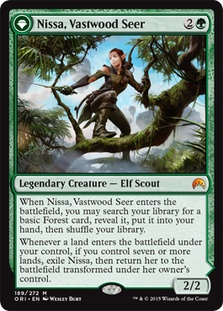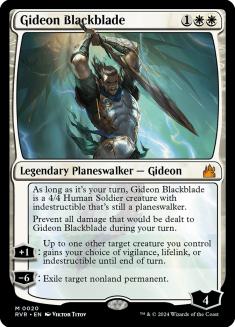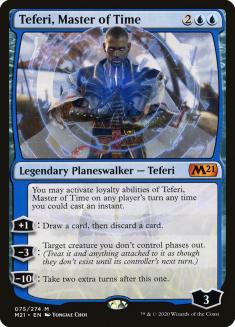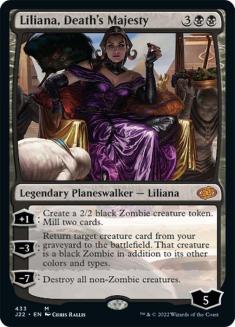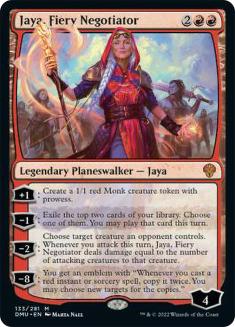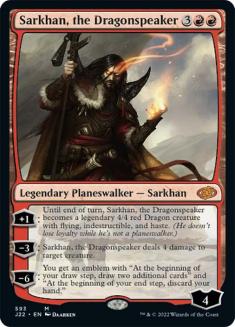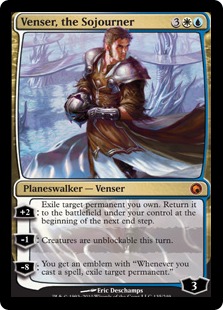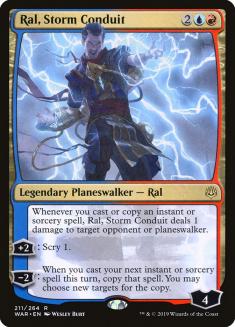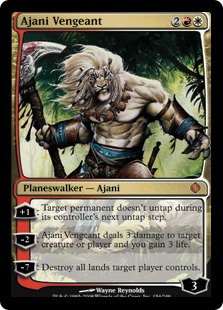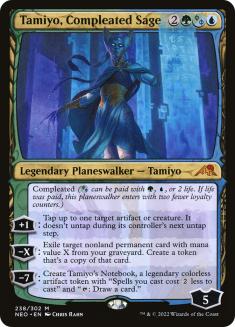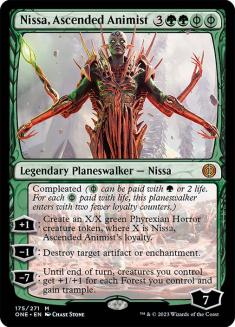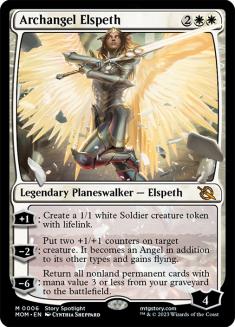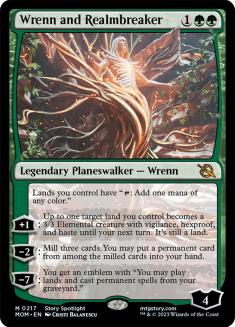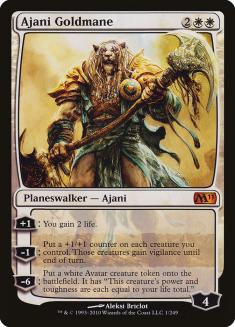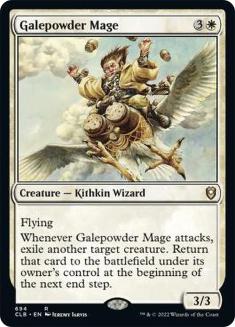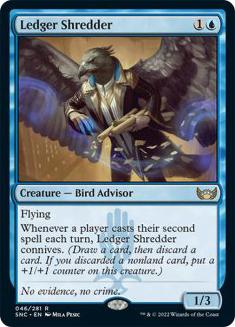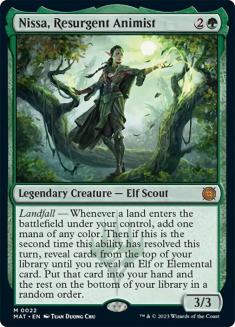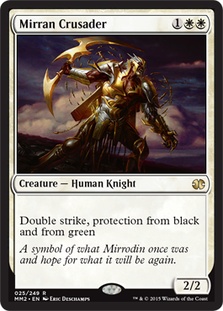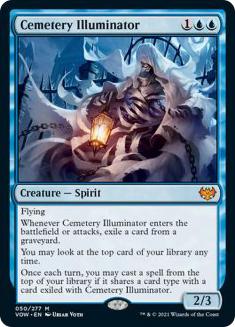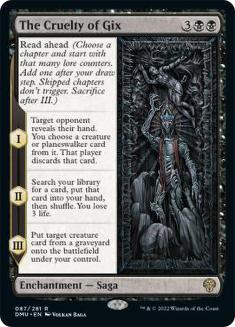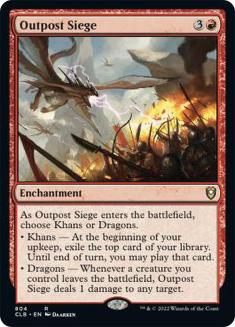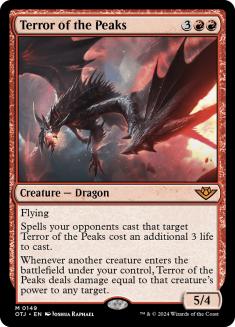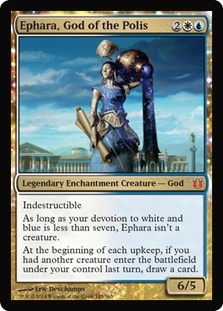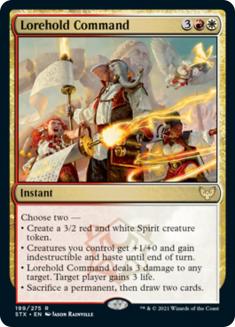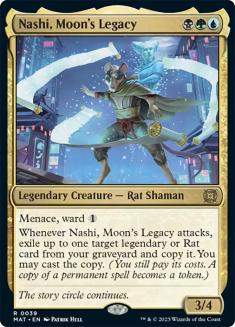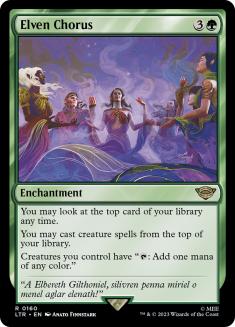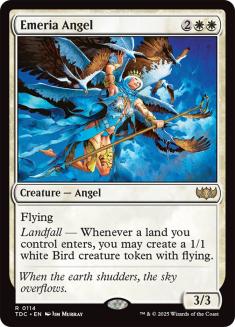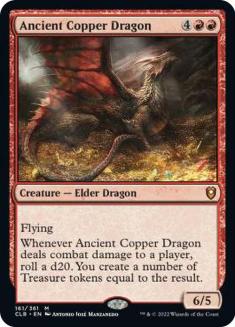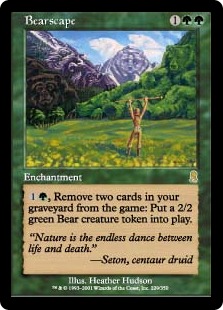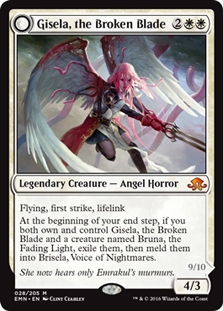Great news, gamers! We’re entering another week of a digital Cube offering, and I’m excited to get my hands back on Magic 30 Cube on Magic Online (MTGO).
As I understand it, this will be the penultimate run of the Cube, and the update this time is more significant than what we’ve seen since the Cube first launched nearly one year ago. This is the fourth time we’ve seen this Cube, and you can find my breakdowns of the previous iterations and my experience with the Cube here.
Magic 30 Cube features cards from every major Magic release and is a great home for cards new and old. The update for this run removes every planeswalker from the Cube, which is a measure that a lot of Cubers take to ensure that old cards can perform. Whether you’re a planeswalker fan or not, this update definitely impacts the way the Cube plays.
Here’s the list of ins and outs with this update:
Out:
In:
To understand the impact of these changes, let’s first talk about planeswalkers broadly.
The Impact of Planeswalkers on Cube
There are so many different planeswalkers now that I think different people hear pretty different things at the mention of the term, and the texture of the planeswalkers in Magic 30 Cube is very different from what you see in Vintage Cube, for example. Even still, planeswalkers generally impact gameplay in two major ways. They make the game more about attacking, and they accelerate the game towards a conclusion.
That planeswalkers make the game more about attacking is somewhat obvious, but it’s worth digging into. The fact that attacking planeswalkers is a way to remove them drives players to attack more in games that involve them, but they also influence the relative strength of both creatures and creature removal.
When I think of a planeswalker-heavy deck it’s usually going to be a control deck, but when I think of decks that benefit massively from planeswalkers, those will often be aggressive decks topping their mana curves with threats that don’t die to a lot of spot removal or sweepers. With regard to this update, Gideon Blackblade was previously a very powerful card for an aggressive deck to have access to against a potential Wrath of God. Absent that, aggressive decks generally just need to play into sweepers more.
The Closest Comparison
Beyond that, the card type that most closely matches planeswalkers is enchantments. New additions Outpost Siege and Elven Chorus are serious value engines that can’t be interacted with through the combat step. As such, in matchups involving these cards, it becomes more important to have something narrow, like a Disenchant, or to establish your own kind of value engine, whereas battles with planeswalkers tend to focus more on creatures and otherwise more generally efficient and maindeckable interaction.
When I refer to planeswalkers accelerating the game towards a conclusion, this is in reference to just activating them every turn and snowballing value. This is the aspect of planeswalkers that detractors tend to dislike, and is meaningful to consider when you’re looking at a change that involves removing planeswalkers from an environment or adding planeswalkers to one for the first time.
I’ve played some Old School Cubes where games really commonly just come down to decking, which isn’t what you’ll see in Magic 30 Cube given the inclusion of cards new and old, but the removal of any planeswalker does tend to mean you have to find ways that generate card advantage as well as ways to close the game, which a card like Jace, Vryn’s Prodigy offers in a neat little package. I should also say that, without planeswalkers present, finding ways to generate card advantage becomes much more important than actually closing games, which is what I’m really getting at when I refer to planeswalkers accelerating games towards their conclusion.
The More Things Change…
As for specific card changes, there’s nothing dramatic here that really alters how I feel about any particular color or archetype. I’m still looking to play control decks and avoid aggro, and I’m still likely to be playing eighteen lands. It’s a long shot to get the two specific cards, but melding Brisela seems really powerful in a slow environment like this, and melding big cards is always something I’m trying to do in Cube!
The new addition that strikes me as the most individually powerful card is Elven Chorus. I definitely want to be drafting creatures that generate mana or value themselves, but this card gives you a reason to play a creature-heavy deck. Combine it with Courser of Kruphix, and you’ve really got yourself a stew going! The Cruelty of Gix is also a massive swing in control and midrange mirrors that I would pick very highly.
Magic 30 Cube is one of my favorite digital Cube offerings, and I’m glad to have it back again! It’s a refreshing mix of old and new that offers some very nostalgic Magic for me. I’m really curious to see what Carmen Handy is cooking up for the final update, and I’ll be sad once this Cube ceases to be a living project.



